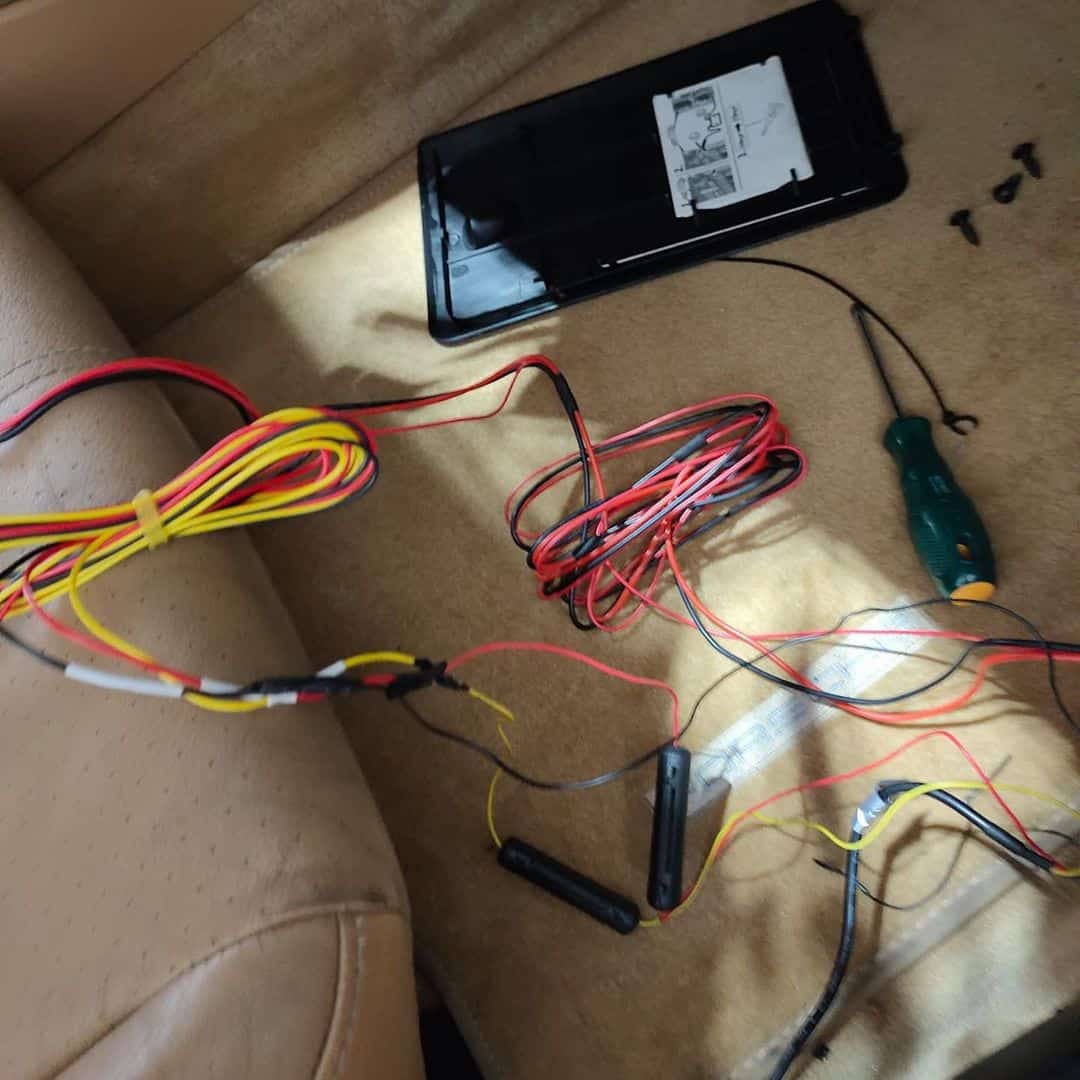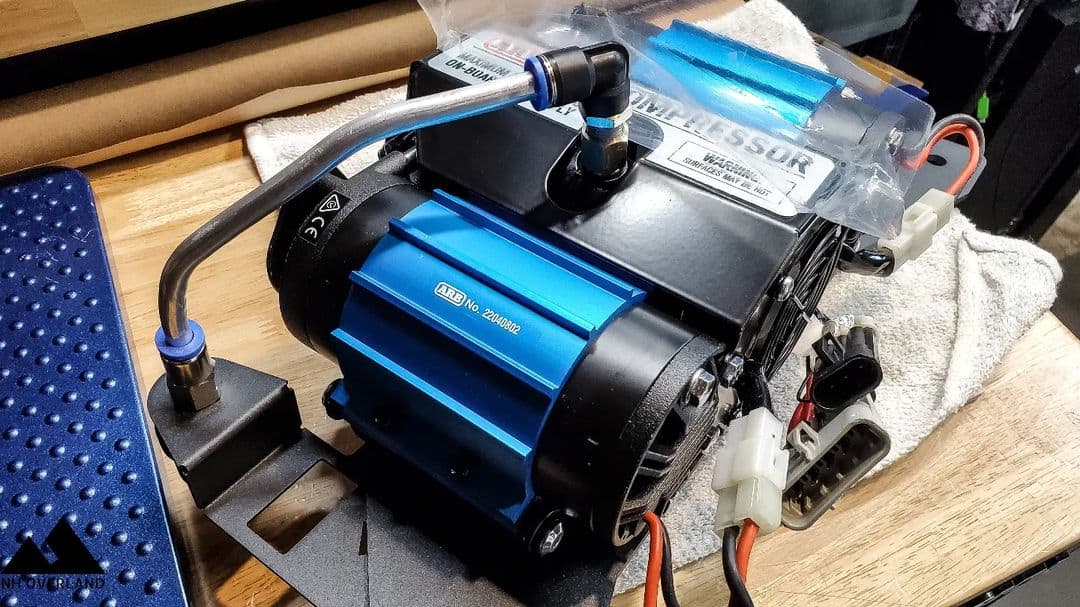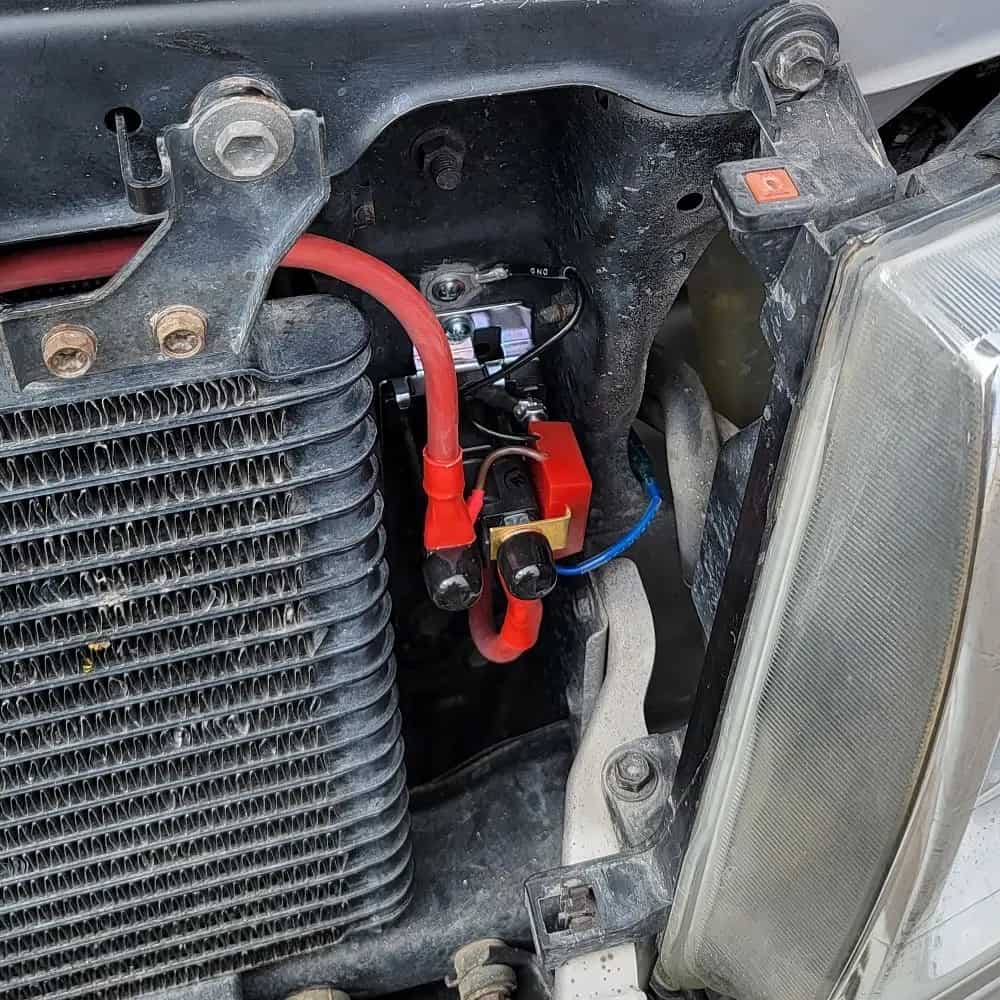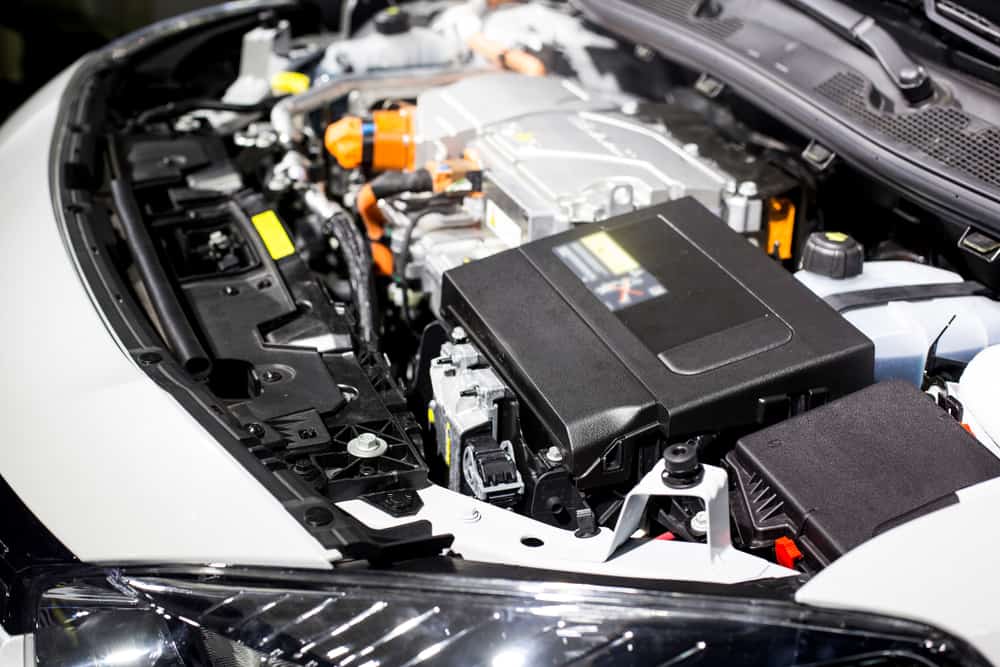Auxiliary battery malfunction is a common problem that many car owners encounter. It refers to the failure of the secondary battery, also known as the auxiliary battery, typically found in modern vehicles.
Auxiliary battery malfunction is the failure of a car’s backup battery, typically accompanied by an error message displayed on the dashboard. This error especially occurs when your auxiliary battery has trouble keeping its charge.
This article doesn’t just explore auxiliary battery malfunction; it also provides a detailed itinerary to identify secondary battery malfunctions, highlighting the causative factors in auxiliary battery systems.
Table of Contents
Understanding Auxiliary Battery Malfunction
The auxiliary battery is a separate battery from the main one that powers the engine. It is typically located in the trunk or under the hood of the vehicle and is used to power electronic systems that do not require the engine to be running. These systems include everything from radio to navigation systems.
Designed as a backup to the main battery and charged by running the engine, auxiliary batteries can power everything from low-voltage fans to inner lights, and when properly wired, these batteries can even prevent the drain of your main battery.
The auxiliary battery has a shelf life of anywhere from four to six years.
The auxiliary battery is also used to keep the car’s settings, and memory, such as the radio presets, navigation system settings, and even the seat and mirror settings, in case the main battery dies. This is important as it allows the driver to quickly start the car and get back on the road without having to go through the hassle of resetting all the settings.
What Causes Auxiliary Battery Malfunctions?
Although most auxiliary batteries come to malfunction due to battery life, there are various reasons your car dashboard might indicate an auxiliary malfunction.
Below, we highlight the major causes of your auxiliary battery malfunction:
1. PolySwitch Fuse
The Polyswitch mimics a normal fuse, protecting devices from power surges and overcurrent. However, where the Normal fuse burns out, the PolySwitch resets itself once the fault is clear. Still, When there is trouble with the poly Switch, the Auxiliary battery Malfunction still blinks on.
2. Old Auxiliary Battery
Batteries have a shelf life, and auxiliary batteries are no exception. As the auxiliary batteries age, you’d need to switch them out with newer ones. The auxiliary battery error would usually prop up in warning before your battery dies.
3. Faulty Battery Relay
Where the PolySwitch Fuse protects devices from power surges, the battery Relay determines when the auxiliary battery needs to be charged. When the auxiliary battery voltage tanks, the relay sends out a message to ensure it’s charged. If the relay fails, a warning light flashes on, and the battery ceases charging.
4. Bad Battery Control Module
Responsible for measuring the voltage, the battery control module monitors the main battery as well as its auxiliary counterpart. In the event of failure, the Control Module triggers the Auxiliary Battery malfunction warning light. It might also light up the primary battery warning.
5. Communication Issue
Although trouble with the CAN bus can also set the auxiliary battery malfunction light off, the problem might in fact stem from a bad connector or faulty wiring.
6. Electrical Issues
If there are electrical issues with the car, such as a faulty alternator or a problem with the wiring, the auxiliary battery may malfunction.
7. Corrosion
Like in the main battery terminal, the auxiliary battery terminals become corroded, which can cause the battery to malfunction. This is because the corrosion can prevent the battery from properly charging or discharging.
How to Fix an Auxiliary Battery Malfunction?

Now that you know telltale signs that you’re facing auxiliary battery malfunction issues, let’s move on to see how you can remedy this issue.
Step 1: Check the Battery Connections
The first step in diagnosing a malfunctioning auxiliary battery is to check the connections. You’d want to ensure the battery terminals are debris-free and securely connected to the battery, tightening loose connections and cleaning.
Loose or corroded battery terminals account for a large number of auxiliary battery terminal malfunctions as such, inspecting battery connections is recognized as crucial and requisite.
Step 2: Check the Voltage
The next step is to check the voltage of the auxiliary battery. This can be achieved with a multimeter or a battery tester. If the voltage is above 12 volts, the problem is likely with the charging system or a parasitic load and if it is below, the battery is dead and in need of replacement.
Step 3: Check the Charging System
If the voltage exceeds 12 volts, the next step is checking the charging system. Make sure the alternator is working properly and charging the auxiliary battery. If the alternator is not working, it will need to be replaced. If the alternator is working, but the auxiliary battery is still not charging, there may be a problem with the wiring or a parasitic load.
Step 4: Check for Parasitic Loads
A parasitic load is a device or component drawing power from the auxiliary battery even when the vehicle is turned off. Common parasitic loads include audio systems, alarms, and GPS units. To check for parasitic loads, disconnect the negative battery cable and check the voltage of the auxiliary battery.
A significant drop voltage indicates a parasitic load. To fix this problem, you’d need to locate and disconnect the parasitic load.
Step 5: Replace the Battery
If all of the above steps have been completed and the auxiliary battery is still not working, it is likely that the battery is faulty and needs to be replaced. Ensure to pick up a replacement battery identical in size and type to the original.
If you are experiencing problems with your auxiliary battery, there are a few things to attempt in order to troubleshoot the issue. First, ensure the battery connections are clean and tightly secure. Dirty or loose connections can hinder the battery from charging properly. If the connections are fine, check the battery for any visible damage, such as leaks or cracks.
Signs of Auxiliary Battery Malfunction

Car owners should be aware of several symptoms of auxiliary battery malfunction. These include:
1. Dead Battery
The most obvious symptom of auxiliary battery malfunction is a dead battery. If the auxiliary battery is not working properly, it will not be able to keep the electronic systems running, and they will shut down.
2. Radio and Navigation System not Functioning Properly
If the auxiliary battery is not working properly, the radio and navigation system will not be able to function. This can be a major inconvenience for car owners who rely on these systems for navigation and entertainment.
3. Engine Start-Stop System not Working
The engine start-stop system is a feature that automatically turns off the engine when the car is not in motion to save fuel. If the auxiliary battery is not working properly, this system will not be able to function, and the car will not be able to automatically shut off the engine when it is not in motion.
4. Lights Flickering
If the auxiliary battery is not working properly, the lights in the car may flicker or turn off and on. This can be a major safety hazard for car owners, as it can make it difficult to see in low-light conditions.
5. Car not Starting
When the auxiliary battery malfunctions, the car may not start. This can be a major inconvenience for car owners, as it can leave them stranded on the side of the road.
6. Faulty Alternator
Bad alternators are another known cause of auxiliary battery malfunction. The alternator is responsible for charging the battery, so if it is not working properly, the battery will not charge. To check the alternator, you can introduce a multimeter to measure the voltage output t. If the alternator works properly, the voltage should be between 13 and 14.5 volts.
Tips on Preventing Auxiliary Battery Malfunction

To prevent auxiliary battery malfunction, it is important to keep the battery and charging system in good working order. This can be done by:
- Check the battery terminals, cleaning them as often as required.
- Having the charging system checked and serviced on a regular basis.
- Making sure that the battery is properly maintained and charged.
- Using a high-quality battery designed for your specific vehicle make and model.
Keep in mind that even though the auxiliary battery malfunction, the main battery will still be able to start the car, but you will lose the power supply to your electronic devices. So, it is important to pay attention to the status of the auxiliary battery and address any issues as soon as possible to avoid any inconvenience.
Final Thoughts
In conclusion, a malfunctioning auxiliary battery can be a frustrating problem, but it is usually an easy fix. With these steps, you can quickly identify the problem and get your car back on the road. Remember to always check the connections, voltage, charging system, and parasitic loads before replacing the battery.
Note: if it is necessary to replace the battery, you can go to a professional mechanic or get help at an auto parts store if you feel intimidated.
